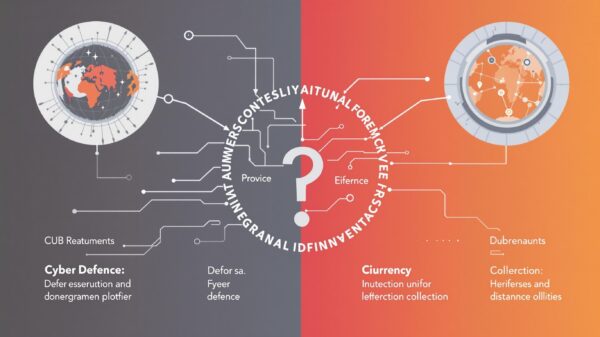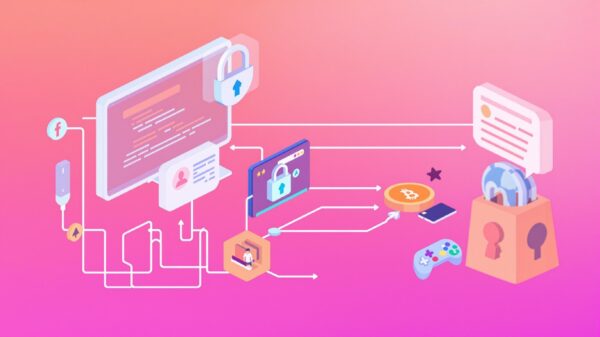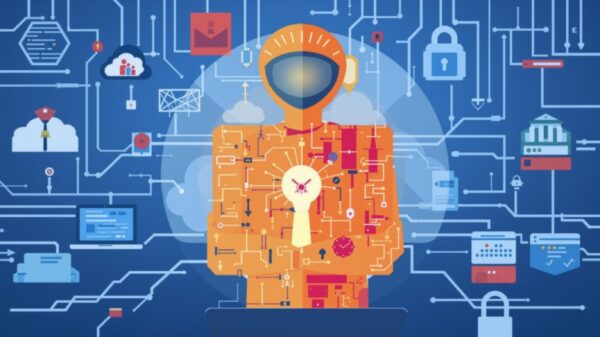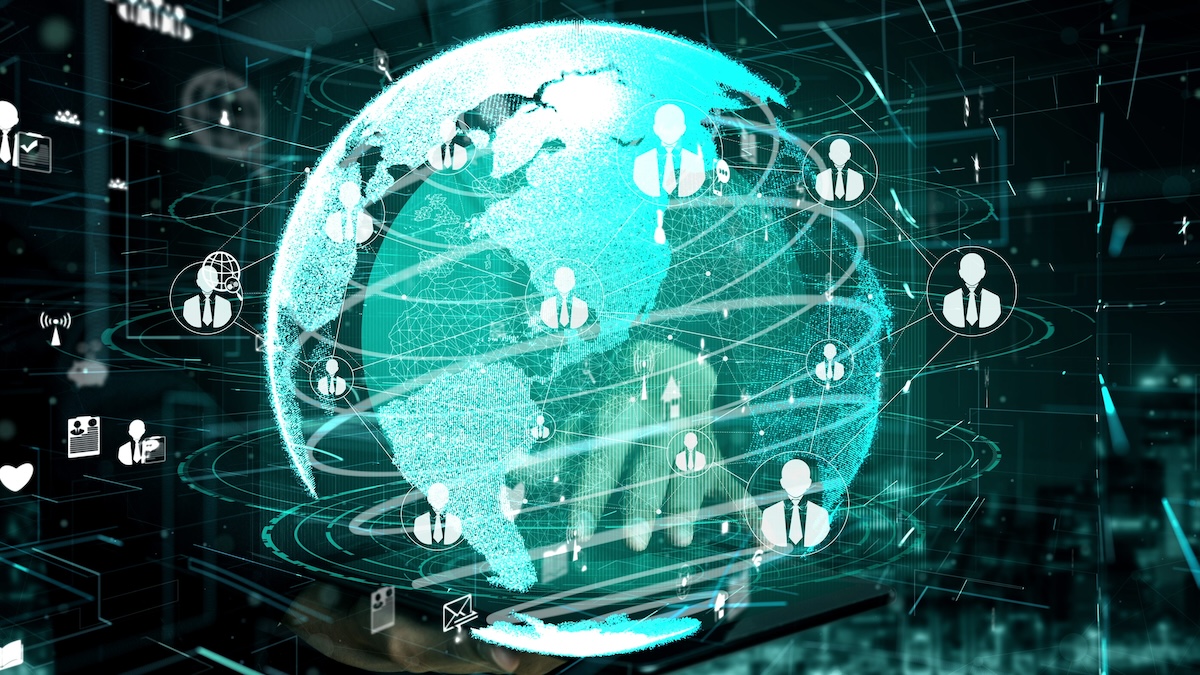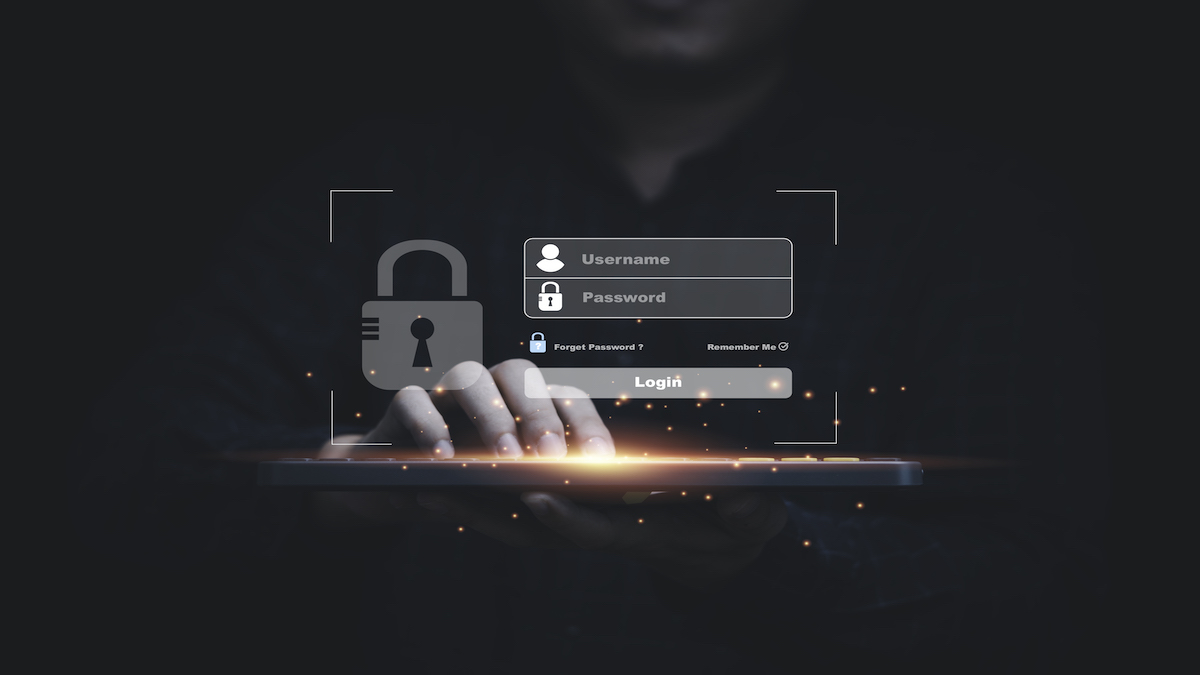In 2023, cyber threats became more diverse and sophisticated, creating significant challenges for organizations worldwide. The rapid advancement of AI tools and the increasing complexity of social engineering tactics will further transform the cybersecurity landscape in 2024, making it crucial for organizations to stay vigilant and proactive.
Quantum Disrupting Security
Quantum computing is emerging as a significant threat to current encryption standards. This revolutionary technology can solve complex mathematical problems much faster than traditional computers, potentially rendering asymmetric encryption schemes insecure. Quantum computers could crack these encryption methods in minutes, exposing sensitive data and communications.
To prepare for this threat, organizations need to adopt quantum-resistant encryption algorithms and continuously monitor developments in quantum computing. The transition to post-quantum cryptography (PQC) will be a massive undertaking, requiring a detailed inventory of cryptographic assets and a strategic plan for migrating to new standards.
AI-Powered Attacks
AI-powered attacks are another growing concern. While AI can enhance cybersecurity defenses by automating tasks, detecting anomalies, and improving response capabilities, it also provides attackers with tools to create more sophisticated and stealthy attacks. Cybercriminals use AI to generate convincing phishing emails, develop malware, and automate attacks, making them more effective and harder to detect. Organizations must invest in AI-based cybersecurity solutions and implement robust security controls and policies to counter these advanced threats.
Ransomware
Ransomware remains one of the most significant and profitable cyber threats. Attackers continue to evolve their tactics, using advanced encryption algorithms and multi-layered extortion strategies. Ransomware-as-a-service platforms and coordinated ransomware gangs are becoming more common. Organizations must adopt comprehensive ransomware prevention, detection, response, and recovery strategies to mitigate the impact of these attacks. This includes regular backups, patching systems, and educating users on security best practices.
Cloud Computing
Cloud computing presents new security challenges related to data security, access control, and compliance. Misconfigured cloud storage and access vulnerabilities are common attack vectors. As cloud environments become more complex, attackers exploit these vulnerabilities to breach sensitive data and systems. Organizations must implement cloud-specific security measures, such as encryption, authentication, and backup, and adhere to security standards to protect their cloud environments.

Decoding 5G Risks
The deployment of 5G technology increases the attack surface and complexity of mobile ecosystems. 5G networks, devices, and services are vulnerable to various cyber threats. Organizations need to adopt 5G-specific security solutions and standards to safeguard against these vulnerabilities. This includes securing 5G infrastructure, devices, and applications, as well as continuously monitoring for potential threats.
Supply Chain Attacks
Supply chain attacks target the suppliers or partners of an organization to gain access to their systems and data. These attacks exploit the increasing complexity and interdependency of the supply chain ecosystem. To mitigate this risk, organizations must conduct regular risk assessments, enforce security standards, and implement security monitoring and incident response for their supply chains. Establishing supply chain security policies and procedures, such as supplier vetting and contract reviews, is also essential.
Insider Threats
Insider threats, originating from current or former employees, contractors, or partners, pose significant risks to organizations. These threats can be either malicious or accidental and can bypass security controls and exploit privileged information. A holistic insider threat management approach, including monitoring, training, and auditing, is necessary to address these threats. Implementing insider threat detection and prevention solutions, such as user and entity behavior analytics (UEBA) and privileged access management (PAM), can help protect against insider threats.
Phishing for Vulnerabilities
Phishing remains a widespread and persistent threat, exploiting human vulnerabilities to gain access to sensitive information or deliver malware. Attackers continue to refine and diversify their phishing techniques, making them more convincing and harder to detect. Organizations need to adopt phishing prevention solutions, such as secure web gateways and email gateways, and educate users on how to spot and avoid phishing attempts.
Unravelling IoT
The proliferation of IoT devices introduces new security risks in various domains, including consumer, industrial, and healthcare. Attacks on IoT devices can compromise their functionality, data, privacy, and safety. Organizations must implement IoT-specific security measures, such as encryption, authentication, and patching, to protect these devices and networks. Following IoT security best practices, like updating firmware and changing default passwords, is also crucial.
The Metaverse
The metaverse, a virtual reality environment, presents new security challenges related to data privacy, identity theft, and cyberattacks. As more platforms and services enable users to interact in virtual environments, the risks associated with these interactions increase. Organizations must implement robust security measures to protect against cyber threats in the metaverse, including safeguarding virtual environments and ensuring the privacy and security of user data.
Ransomware Zero-Days and Mega Attacks
Ransomware continues to evolve, with attackers using zero-day vulnerabilities and selective targeting to maximize impact. Organizations should adopt comprehensive strategies to prevent and respond to ransomware attacks, including regular backups, incident response plans, and user education.
State-Affiliated Hacktivism and Wipers
Cyberattacks for political purposes have become common, especially in geopolitical conflicts like the Russian-Ukrainian war. Hacktivist groups use DDoS attacks, wipers, and other methods to support their causes, necessitating heightened awareness and preparedness from organizations.

The Use of AI in Cybersecurity
AI has both positive and negative implications for corporate cybersecurity, enhancing both defense and attack capabilities. Organizations must leverage AI to improve threat detection and response while countering AI-powered attacks.
Data Breaches
Data breaches remain a major concern, with increasing legal and regulatory repercussions for affected organizations. Robust data privacy measures and compliance with regulations are necessary to mitigate these risks.
Compromised User Credentials and Tokens
Remote and hybrid work environments have led to vulnerabilities in access tokens and credentials. Cyber threat actors target these tokens to access sensitive data and systems, highlighting the need for strong authentication and access controls.
PIP Install Malware
Open-source software is a common target for cybercriminals exploiting repositories through techniques like typosquatting and dependency confusion. Security testing of third-party dependencies is essential to prevent these attacks.
How to Deal with Cybersecurity Challenges in 2024
AI offers organizations the ability to manage the growing cybersecurity threat landscape more effectively. AI provides collaborative, consolidated, and comprehensive security solutions to protect IT infrastructure against a wide range of threats. Organizations must adopt quantum-resistant encryption, AI-based cybersecurity solutions, and comprehensive ransomware strategies. They must also implement robust security measures for cloud environments, 5G networks, supply chains, IoT devices, and the metaverse to stay ahead of evolving cyber threats in 2024.

